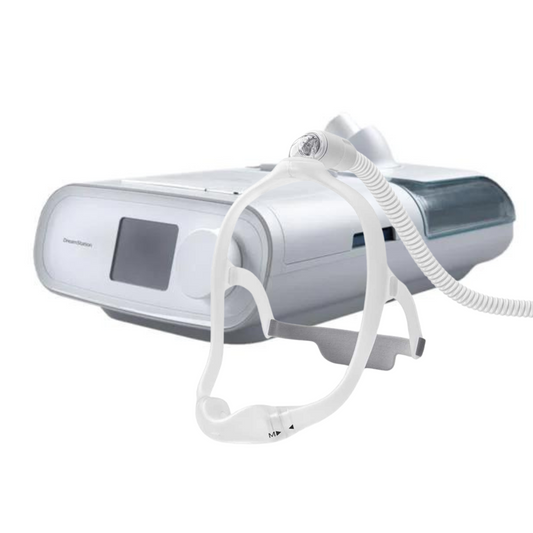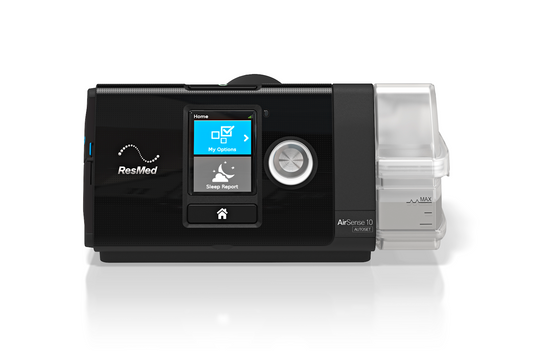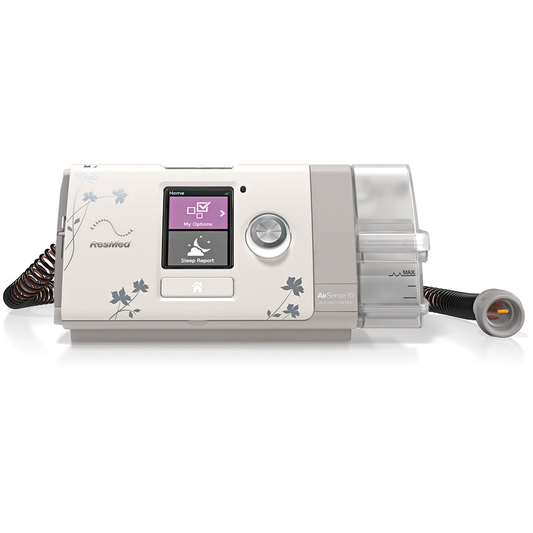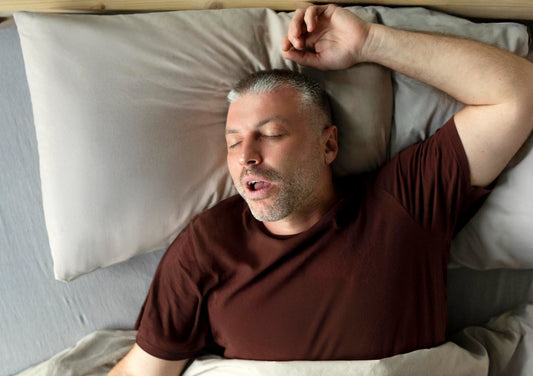There are different brands, styles and sizes of masks used for continuous positive airway pressure (CPAP) machine. Not every OSA patient has the same needs as each has his own face shape and preferences. The ideal is to try on a CPAP mask or headgear because fitting varies with each mask type or style.
There are three main categories of CPAP masks available: nasal pillow; nasal mask and full face mask. Below are descriptions plus the advantages and disadvantages of each type.
Nasal Pillow Mask
Nasal pillow masks are very popular to CPAP users due to its simplicity in style. It is the smallest type of CPAP mask as it only covers the user’s upper lips as pressurized air is blown through the soft and pliable nasal tube inserted in his nostrils, secured by a strap that goes around the user’s head.
The minimalistic design is best for patients who are claustrophobic. This style offers a better field of vision than the other types so it is best for those who prefer to watch TV or read while in bed at night. Nasal pillow masks also afford users to wear glasses while reading in bed. There is less air leakage as the airflow goes directly to the nasal passage. This style is also beneficial to restless sleepers and for those with a lot of facial hair.
However there are also disadvantages. For one, nasal pillow mask is not suitable for OSA patients who require higher pressure as the airflow is direct to the nasal passage. Such may lead to very dry nose and even nosebleeds. This style is not suitable for mouth-breathers.
Nasal Mask
This type of nasal mask is triangular and sits snugly over the nose. It effectively covers the areas from the nose’s bridge down to the upper lip. Nasal masks are also popular to CPAP users due to its wide range of sizes and detailed fittings. With this type, airflow is more natural as it’s not direct to the nasal passage, making a nasal mask ideal for higher pressure settings. A nasal mask usually has suction that keeps the mask in place even for those who move a lot when sleeping.
However, a nasal mask is not for mouth-breathers unless a chin strap is used to keep the user’s jaw closed. There’s a tendency for this mask to irritate the bridge of the nose and forehead of the OSA patient. Patients with collapsed narrowed nasal valve, enlarged turbinates or deviated septum are not recommended to use nasal masks with their CPAP machines.
Full Face Mask
A full face CPAP mask covers the nose and mouth, including some parts of the face with side straps. There are also full face mask that is fitted with nasal tubes that go into the nasal passage. This type of mask is best for mouth-breathers and for those who cannot tolerate nasal pillow masks and nasal masks. Full face mask works well with OSA patients who experience nasal congestion for some reason. Some OSA patients who are claustrophobic can tolerate full face masks too. Full face CPAP mask works well with high pressure setting as the mask’s wider area affords a less direct and more tolerable air pressure to the user. This is best for those who sleep on their back for best air seal.
One of the main disadvantages of a full face mask is the higher incidence of air leakage due to the wider surface area. Air leakage at the top of the mask can cause dry and irritated eyes. This type of mask makes it very difficult to read or watch TV while getting ready for bed.
Conclusion
It is best to try and fit a specific mask before buying it. The important things to consider are the fit, size and comfort. You must also consider your required air pressure in determining which type of CPAP mask to choose. A consult with your sleep doctor or therapist is best.
Give us a call NOW at 1300 750 006 or pop into one of our CPAP clinics Victoria . We are located in Melbourne, Wantirna and Frankston































